About Regulation
“Regulation is our ability to experience stressors and return to calm throughout the day, often via supportive connection. This ability originally arises from safe, attuned caregiving in the earliest moments of life which fosters Co-Regulation. A regulated nervous system gives rise to a sense of self, a capacity for attentional and mental coherency, health and resiliency. It also gives us faith that when we reach out to others, someone will be there to connect to as we meet challenges in the world. ”
Regulation is described as our body’s ability to modulate levels of activation and arousal in response to stresses in an adaptive way. But when a life-threat “alarm” goes off physiologically our hearts beat faster and we orient to danger as the intrinsic system of the Sympathetic Branch prepares for survival. This is the Fight-Flight System, but once out of the way of danger, our bodies are designed to re-regulate and return to states of calm and safety. Just like animals in the wild, we have instinctual, hard-wiring for quick, autonomic nervous system responses in our bodies.
But what happens when our bodies can no longer return easily to a sense of safety or calm? What does this mean for us, when we find it impossible to relax or feel safe next to a friend or partner? These experiences are common to persons who experienced early traumas called Attachment Wounds. Sadly, what should have been the safest, most welcoming moments in early life of Co-Regulation with our caregivers instead were chaotic, threatening or unpredictable and led to the survival system being turned on (Fight/Flight) and, if often enough, the Dorsal/Freeze and Immobility/Collapse responses as well.
When we track our felt sense and learn to experience sensations and feelings without bracing or overwhelm, we contribute to our ability to regulate. Increasing this capacity to relate to our sensory experiences is a life-long process that can be meaningful and deeply enriching. We can also learn how to Co-Regulate with others in safe and healthy ways. Our mammalian bodies are hard-wired for this, and having lived experiences of trusting into the relaxation response is something persons with early trauma deeply desire. Somatic therapies are designed for helping folks achieve Safe, Secure Relationships - this is the hope of Somatic Mentoring.
Signs of regulation include:
a sense of feeling connected to Others and to Self
openness and curiosity
relaxation while being alert
interest in life and exploring new things
Capacity for joy as well as difficult emotions (grief, anger etc)
Signs of dysregulation usually involve:
a sense of overwhelm, shut-down or freeze/immobility
lack of connection with self or others
‘stuckness’
an inability to recover from everyday stresses and experiences
cognitive fog or a sense of chronic disorientation
Signs in children can include difficulty with transitions, clinginess, difficulty with sleep, tummy aches and restricted or repetitive play themes. There can be inability to sustain attention, required for school or activities. All ages can exhibit vigilance where the nervous system is perpetually ‘on’ or under-activity, a collapse where it appears the nervous system is in an ‘off’ state much of the time.



